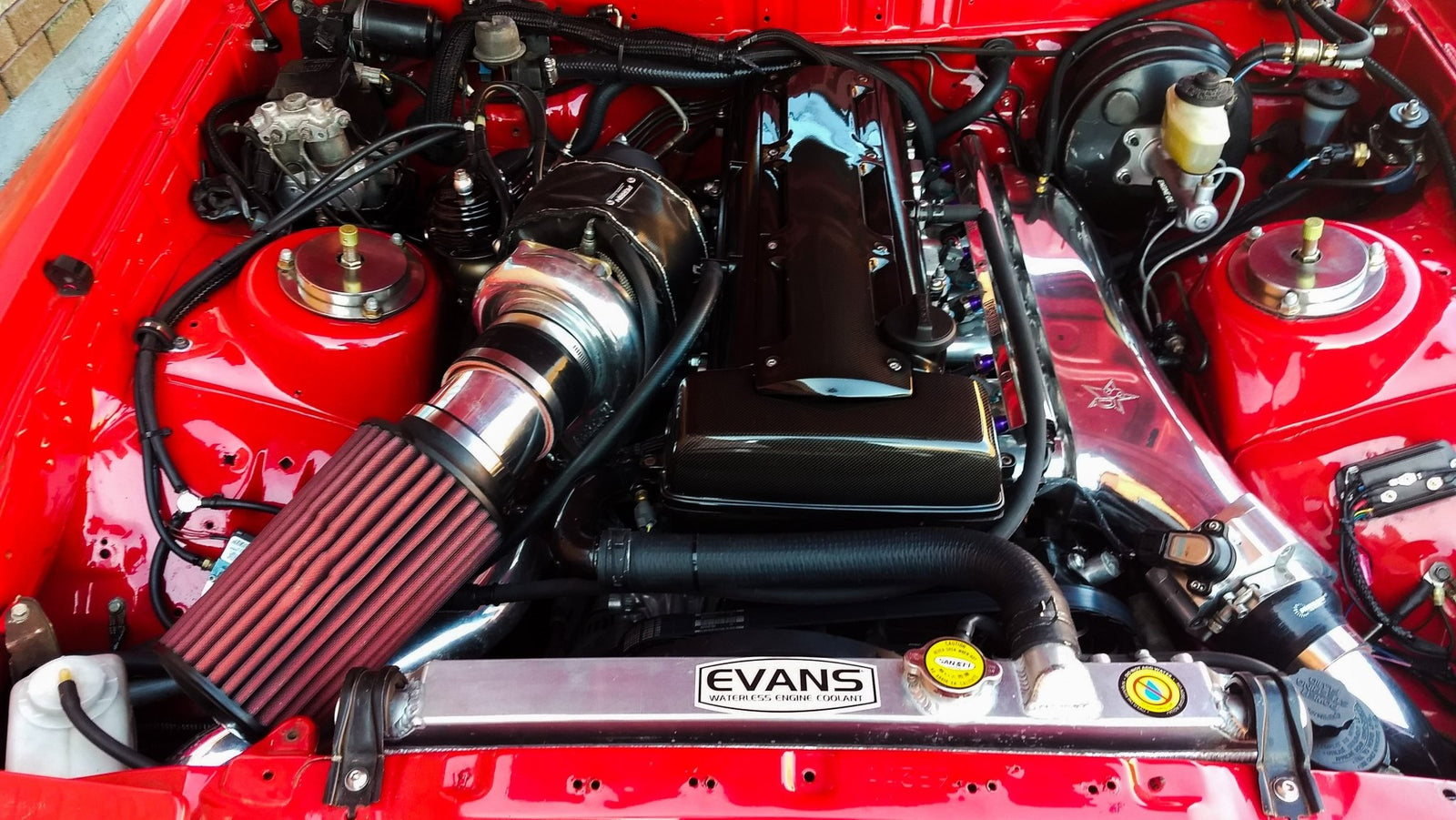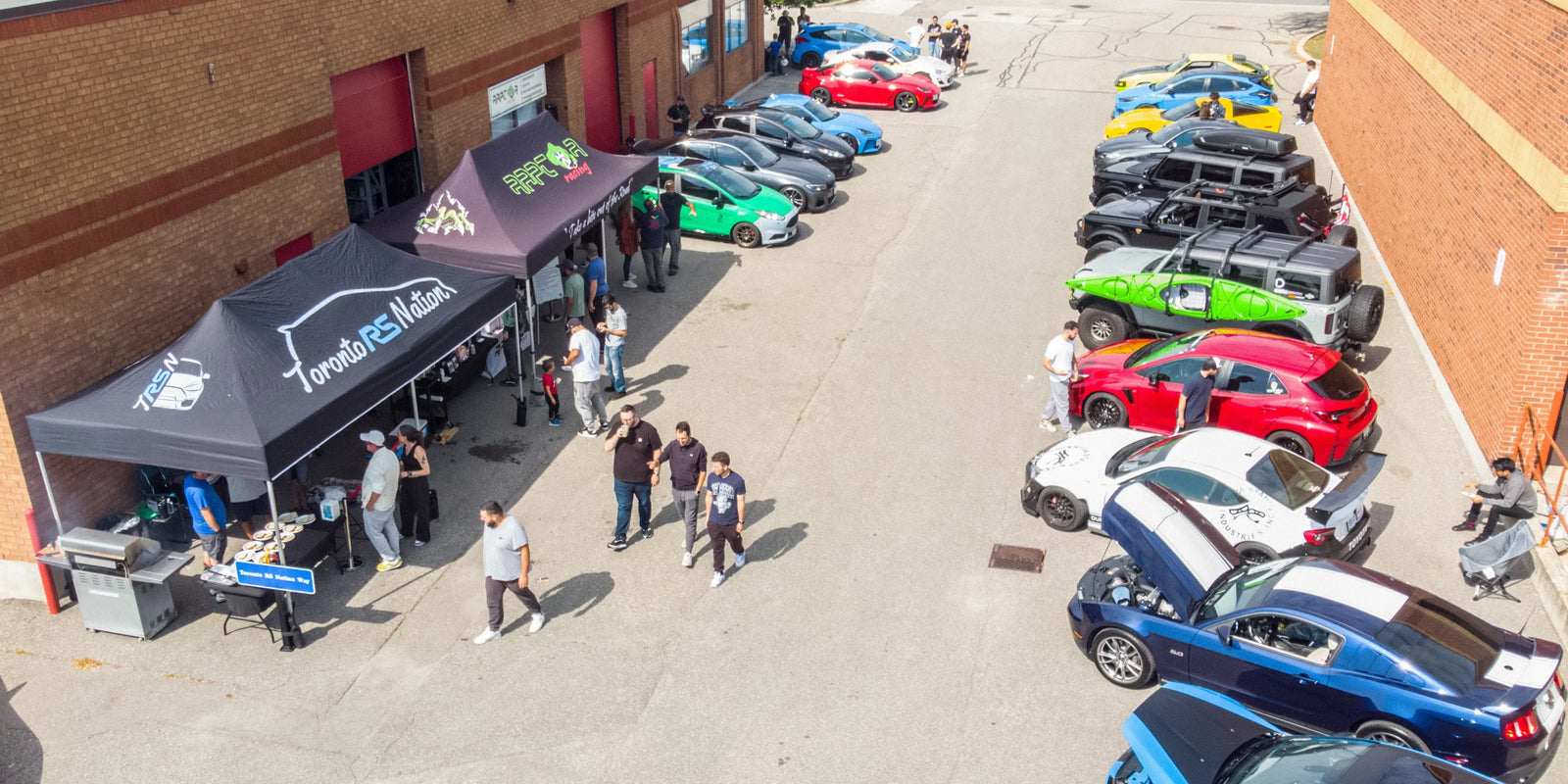Introduction:
Forced induction is a sought-after method for increasing engine power output by compressing air entering the combustion chamber. Turbochargers and superchargers are the two primary forced induction systems, each with its own advantages and drawbacks. In this Raptor Racing blog post, we'll compare turbochargers and superchargers to help you decide which option best suits your performance needs.
Turbochargers:
A turbocharger harnesses exhaust gases to spin a turbine, driving a compressor that pressurizes the intake air. This increased air pressure enables the engine to burn more fuel, generating additional power.
Pros:
Efficiency: Turbochargers, powered by exhaust gases, are more energy-efficient than superchargers.
Higher peak power: Turbochargers can achieve higher peak power due to their capacity to provide increased boost pressure.
Fuel economy: Turbochargers generate boost only when needed, improving fuel efficiency under normal driving conditions.
Cons:
Turbo lag: Turbochargers experience a delay between pressing the accelerator and obtaining increased power, as the turbo spools up.
Complexity: Turbochargers are more intricate than superchargers, making installation and maintenance more challenging.
Heat management: Turbochargers produce substantial heat, necessitating additional cooling systems and heat shielding to prevent damage.
Superchargers:
A supercharger is a belt-driven compressor forcing air into the engine, raising air pressure and enabling the engine to burn more fuel for heightened power output.
Pros:
Instant power delivery: Superchargers supply immediate power, eliminating turbocharger-associated lag.
Simplicity: Superchargers are mechanically simpler than turbochargers, often easing installation and maintenance.
Consistent power delivery: Superchargers offer a linear power curve, consistently delivering power throughout the engine's RPM range.
Cons:
Efficiency: Superchargers, driven by the engine's crankshaft, consume power to generate boost, resulting in lower overall efficiency.
Lower peak power: Superchargers typically yield less peak power than turbochargers due to lower maximum boost levels.
Reduced fuel economy: Superchargers operate continuously, potentially decreasing fuel efficiency during normal driving.
Conclusion:
When choosing between a turbocharger and a supercharger, consider your performance goals, budget, and desired driving characteristics. Turbochargers generally provide higher peak power and better fuel efficiency, but they may suffer from turbo lag and increased complexity. Superchargers deliver instant power and a linear power curve, but they can be less efficient and produce lower peak power. No matter which forced induction system you select, Raptor Racing has many options available to suite a variety of makes and models.






